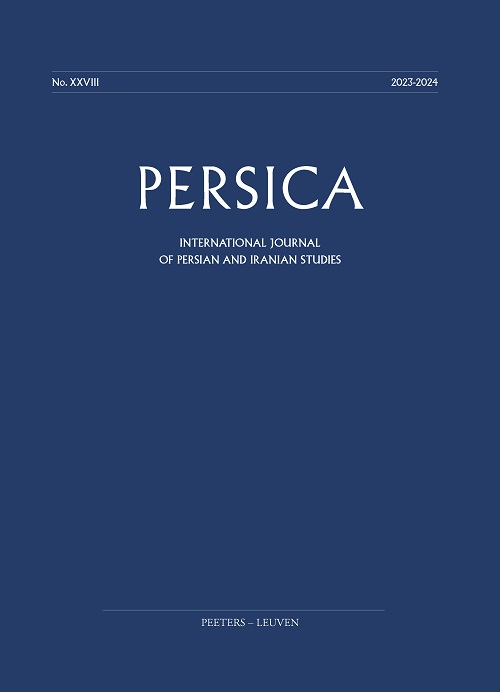next article in this issue  |

Preview first page |
Document Details : Title: Imagining Imam Hosayn in Modern Iran Author(s): RIDGEON, Lloyd Journal: Persica Volume: 27 Date: 2019-2022 Pages: 1-29 DOI: 10.2143/PERS.27.0.3290660 Abstract : Since the 1950s Iranian responses to the figure and image of the third Shi‘-ite Imam have shifted considerably, reflecting reactions to state driven secularity, and subsequently, state promoted Islam, both of which were intwined with the national and international political dynamics of a developing nation-state. In this article three interpretations of Imam Hosayn are investigated: the soteriological, the political, and the peaceful and reformist. The first has been studied in depth already, and so there is no necessity to regurgitate this material in detail. The political interpretation has been the focus of much attention, but within this category there is great diversity. While some acknowledge the historical failure of Hosayn’s movement, many have focused on the potential political impact on each and every individual in society of the Imam’s actions. Moreover, recent developments reveal how such an interpretation has enabled some to associate 'reformist' clerics with a group known commonly as 'hypocrites' – Hosayn’s enemies – and in so doing, connect the 'reformists' with perceptions of treachery and immorality of Western powers. The ethical and non-political (in the sense of not seeking to take up the reigns of government) is a more recent development that emerged during the two Presidential terms of Mohammad Khātami. In sum, all of these interpretations demonstrate that Iranian understandings of Imam Hosayn have not been uniform or static, and that thinking in the seminary responds to wider intellectual, religious and political developments on the local and global stage. |
|


